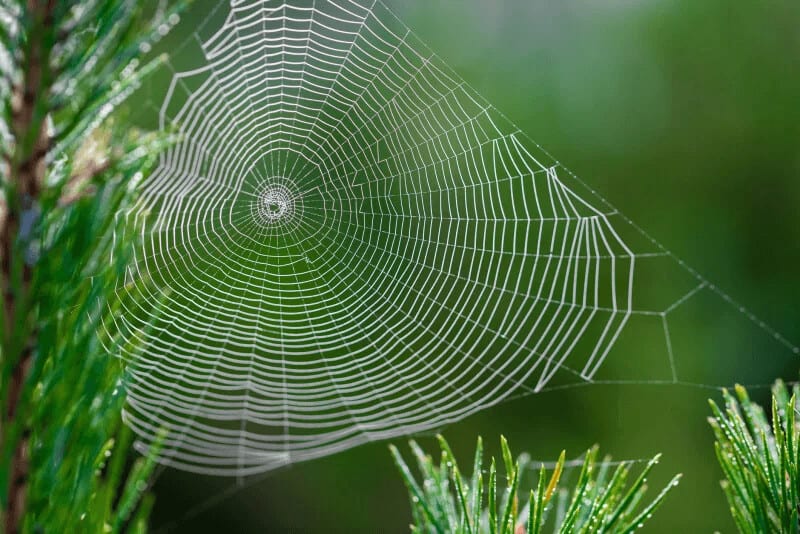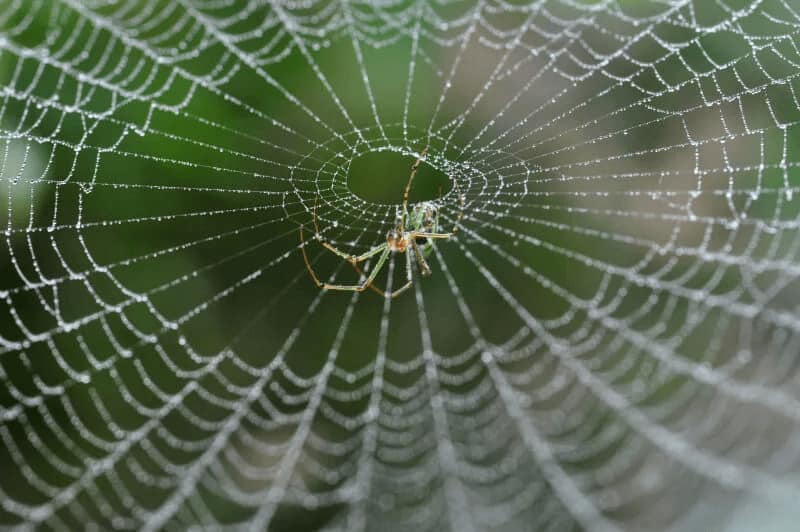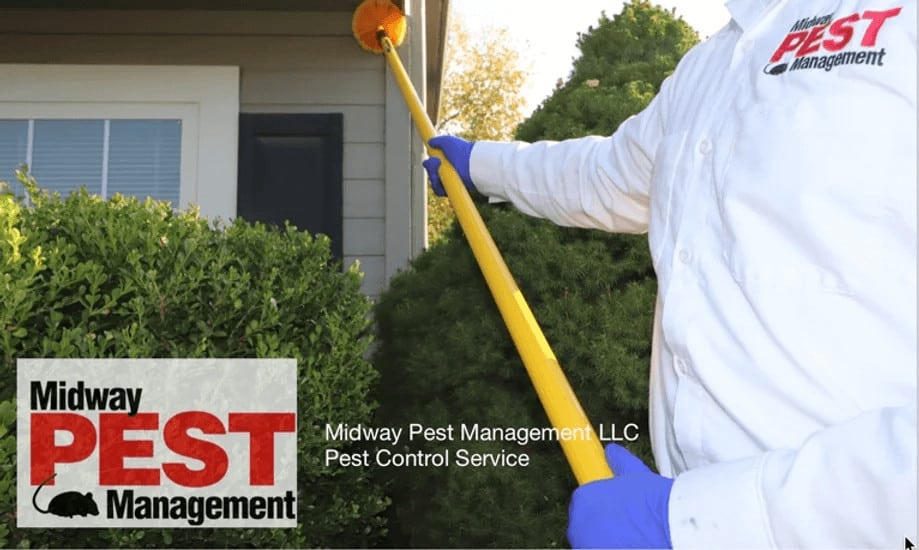
Spiders are considered to be under the category of Arachnids, which is a class of joint-legged invertebrate animals. Spiders and their webs have existed for nearly 100 million years and continue to do so during this day and age. These webs are built by most spiders to specifically trap their prey and catch insects as their source of food.
So why don’t spiders stick to their webs? This is because they spin a combination of sticky and non-sticky silk, where they avoid passing through the sticky silk. They also have an organ called spinnerets that generates silk threads. Spiders’ legs and mechanisms are designed to not stick to the silk they use to catch insects.
Why Don’t Spiders Stick to Their Webs?
To answer this, we need to understand further how these webs are constructed and how they operate. Most spiders create their webs in a vertical plane, although some of them prefer to build them horizontally. This is done by extracting silk threads from their abdomen. Then they use their own bodies as measuring tools in the process of making their webs. The spiders feel a vibration in the process of web construction, and it starts when the silk produced by them sticks to the very end of a surface.
Almost instantly, the spiders feel the change in vibration. They continue to weave their silk one by one until radical threads are formed, which are essential in web construction. Once the initial formation is complete, the spiders then create a spiral of non-sticky, extensively spaced threads for them to move freely and efficiently around their masterpiece.
As soon as they’re content with the architecture of their webs, they then start to methodically replace these non-sticky spirals into a more adhesive type of threads. The spiders use these non-stick coating spirals as guides to reconstruct their webs, creating a trap. As soon as these sticky silk spirals are formed, the non-sticky threads are removed, allowing the spiders to then sit and wait for food to arrive.
Once their prey gets entangled up in the sticky catching threads, a vibration is felt from the webs, and the spiders strike at any given time. They paralyze their prey and some of them wrap their food in silk before injecting venom, making it effortless to attack their victims.
How Do Spiders Walk Across Their Web?

Spiders groom themselves thoroughly by cleaning their legs of all unwanted kinds of silk and dirt. However, the very answer lies in the way the spiders make the sticky spirals. These creatures are able to walk across their webs freely because not all of their webs are built with an adhesive substance. Some of the threads are built with non-sticky substances, thus, they specifically know where to walk in order to avoid getting caught up in their own webs.
Varying the placement of these webs also allows the spiders to trap distinct insects in the same region. Some examples of the basic web types include orb webs, cobwebs, sheet webs, and funnel webs. For starters, orb-weaving spider webs are the most classic, spiral, and wheel-shaped webs that we typically see in our homes and our backyards. The spirals of the webs are structured and weaved together by sticky droplet substances.
This is to ensure the caught prey won’t get away easily or won’t get away at all in most instances. As for cobwebs, these are usually defined as tangled and irregular webs made by a specific family of spiders, which is known as Theridiidae. Another family of these crawling creatures known as Linyphiidae also contributes to making cobwebs. These families are typically responsible for all those loose, dusty, mucky, and haphazard webs we see from the corners of the room, high lofty ceilings, hard-to-reach parts of the house, bathrooms, attic, etc.
Sheet webs, on the other hand, are described as flat and sheet-like. These webs resemble and are shaped like a dome. They’re found mostly under rocks or through areas of native bushes. Last but definitely not the least, in our example, we have the funnel-web spiders. These webs are created by spider legs that aggressively lie in and wait for their prey victims to go inside their dense, silk-like burrows.
These spiders are most commonly found in the moist forest regions and highlands in eastern Australia, usually from old logs, holes in barked trees, underground burrows, and farthest reaches of environments. These Australian spiders and their webs resemble that of a funnel, hence the name.
What Spider Webs are Made of and How Spiders Spin Them
Now that we’ve mostly discussed the spider webs’ structure and appearances, it’s time to dive into knowing their compositions and learning exactly how they are formed. Spiders make their webs from silk, which primarily consists of proteins. Spider silk is one of the most flexible, convertible, sturdiest, and all-around materials on earth. We, as humans, especially experts on spider silk, have been using it hundreds of thousands of times mostly because of its solidity, sturdiness, and elasticity.
It’s interesting to note that spider silk is also biodegradable, which is good for our planet. A few examples of where spider silk is used are the following: bullet-proof vests, fabrication, bike helmets, bandages, artificial tendons, water-resistant gear, ropes, biodegradable bottles, surgical threads, seatbelts, and parachutes. All of these are from a single, awesome spider. With all these being said, how exactly do these spiders spin their webs? Spiders actually have a special organ from their abdomen that generates silk threads.
This organ is called spinnerets. These organs are usually located on the underside of the spiders. Not all have the same number of spinnerets organs, some can produce more than one type of silk, and they vary from species to species.
From our earlier example, the orb web is made up of four different kinds of silk, making it a more sturdy and stickier web. Most spinnerets compose of complex structures or various tiny spigots or what’s also known as glue droplets. These spigots are what actually give the webs their stickiness and durability. The silk with spigots is then pulled from the spider’s hind legs, which starts creating its web.
Eliminate Spiders and Their Webs with Midway Pest Management

When dealing with any type of spider infestation or any other kind of insect problem, it’s always best to leave it to the professionals when things get out of hand. There are situations that only a professional can deal with, especially when dealing with damage control and infestations. One of the most obvious signs of a spider infestation in your home is when your home becomes filled with spider webs even when there are no spiders on the webs. Or worse, spiders come out of random places.
In this case, don’t hesitate to call Midway Pest Management immediately to help eliminate the spiders from your home. Our team of pest control experts are reliable and versatile when it comes to dealing with various forms of insect infestations like spiders, pests, and termites appearing in your residence or in the office. For all your pest control problems, Midway Pest Management is the best company to call in your area. We’re always ready to help you. Contact us today to know more about our services.
Learn More: What Does Spider Poop Look Like?